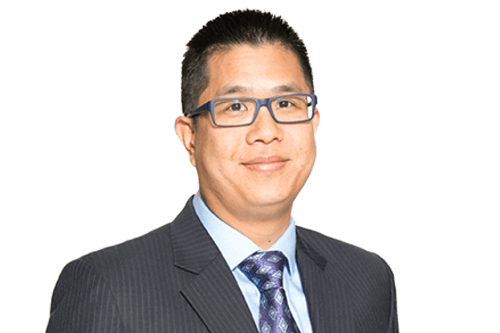Portfolio manager says infrastructure, farmland and timberland are ideal for the generational transfer of wealth

Selling the merits of investing in farmland and timberland to investors drunk on tech returns is not always easy.
Just ask portfolio manager Ben Jang, who joked that the guys who speak about these industries are a buzzkill compared to the rapturous reception afforded to VC and private equity presentations.
But Jang, who manages Nicola Wealth Management’s Infrastructure and Renewable Resources Fund (NIRR), said that when you actually get down to talking to clients, two things about the asset class resonate.
Firstly, the three main tenets of the fund – infrastructure, farmland and timberland – tap into planning for the generational transfer of wealth. Jang said these are assets that resonate particularly with higher-net-worth individuals.
He told WP: “We’ll always need food and always need farms so it’s something they can pass on to their children.”
The other aspect that hits home with investors, according to Jang, is the tangible nature of these assets. While some get enamoured by the high returns in the tech sector, for example, the volatility – as seen by recent drawdowns – is often a wake-up call.
He said: “When people come back down to earth and take a look at tangible assets like terminals, power generators, transportation and telecommunication, they realise that we need towers for cell phone usage and it’s the same thing with energy and transportation. The tangible nature resonates more with them.”
Jang said the focus of this fund is on having an asset allocation that helps limit the impact of market volatility and provides clients with a route into classes they aren’t normally able to access.
He added that infrastructure, farmland and timberland share similar return drivers: changing demographics, population growth and global warming.
He explained: “They share those characteristics and when we look at the investments themselves, historically they have attracted longer-term returns and lower risk in terms of volatility versus equities.
“They’ve been a good inflation hedge, so if you take a look historically, particularly at 'ag' and timber, they’ve had a very high correlation to inflation, they’re defensive in nature and part of that is if you take a look at infrastructure, often times these are assets that I like to think about as the effective backbone of society.”
Jang added that these asset classes provide goods and services that are essential to functioning countries and this translates into a stable cash flow. Another attraction to the fund’s holdings is the lack of competition in the space, something he believes comes down to two reasons.
He said: “Depending on the type of asset, there’s a high barrier to entry. Often times, if there’s a larger asset, it’s more complex to run. An international airport, for example, is difficult and complex and because of that, there are regulations involved and they have somewhat of a monopolistic environment.”
The trade spats that have dominated headlines in recent months hurt the reputation of certain products – softwood lumber, for example – and are a headwind to keep in mind. Jang gives the example of farms that produce soya beans and how their ability to export to large markets have been harmed by trade disputes.
However, he said his fund focuses on developed countries where the risk is less and adds that even in EM countries like China, if the government wants an infrastructure project completed, it’ll get done.
He said: “Tariffs will create volatility in the market but long term the thesis is still intact. If you talk about farms, there is population growth there, a trend towards people needing more protein. There might be volatility because of tariffs but long term it’s hard to impact those trends.”
Jang said the opportunities for investors are rooted in the private sector and pointed to a Mackenzie study that estimated global infrastructure spending totals about $2.5 trillion annually but that in order to keep pace with GDP to 2030, this number should be closer to $3.3 million.
He said: “There’s a big mismatch in terms of what the current spending environment is for infrastructure and you’ll hear anecdotal stories about aging infrastructure globally but, in particularly, now with the US political situation, people talk about the difficulties in going to LAX and other airports with terrible road and traffic.



